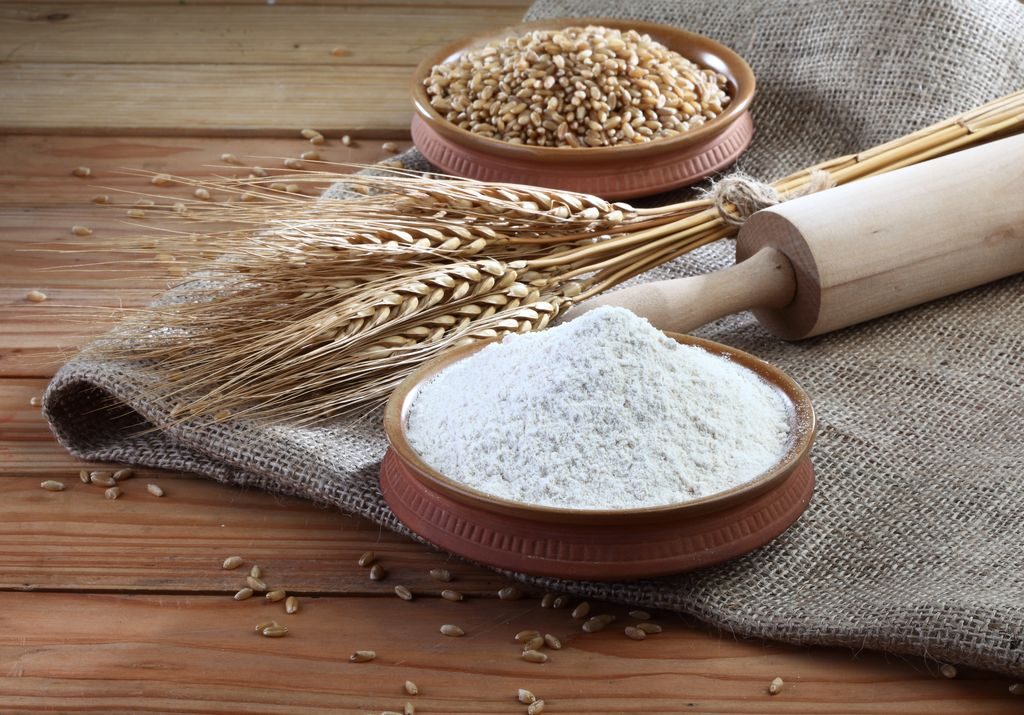Self-raising flour
Self-rising flour is a kitchen staple for both experienced and amateur bakers. Its uses stretch from cake making to bread baking

Self-raising flour (or self-rising flour) is a home bakers best friend, it is mostly used in baking and cake making. You will find it in the centre of so many popular recipes like; chocolate cakes, cookies and pancakes!
What is self-raising flour?
Commercially sold self-raising flour is a combination of plain flour with a raising agent. Plain flour is a blend of had and soft wheat, it is usually white and it has a soft light texture. Self-raising flour has less gluten than less processed flours (ranging between 9% and 12%), and therefore makes a softer dough. It is not gluten-free but the percentage of gluten is very low.
How to make self-raising flour
It couldn’t be easier to make self-raising flour at home.
You will only need three ingredients:
- 150g of plain flour
- 2 teaspoons (4g) of baking powder
- and a pinch salt
Combine all the ingredients in a bowl and sieve together.
When converting cups to grams remember that one cup of self-raising flour is the equivalent to 120g.
Nutritional value of self-raising flour
Per every 100g of flour, there are about 354 calories. When looking at the nutritional value of self-raising flour you will see that it is high in iron, phosphorus, and zinc.
Alternatives to self-raising flour
If you are looking for a gluten-free alternative for baking we suggest trying spelt or coconut flour. Remember you will need to add a raising agent.




